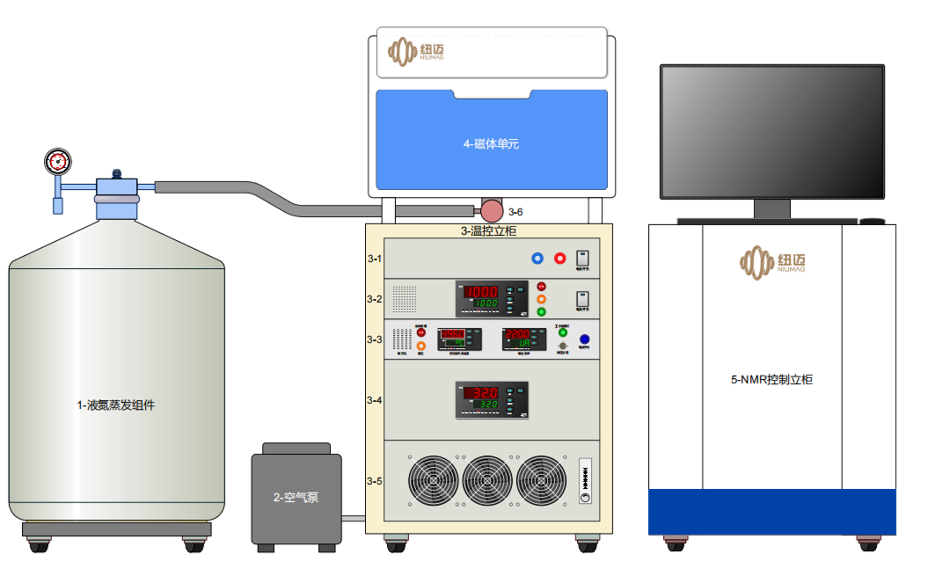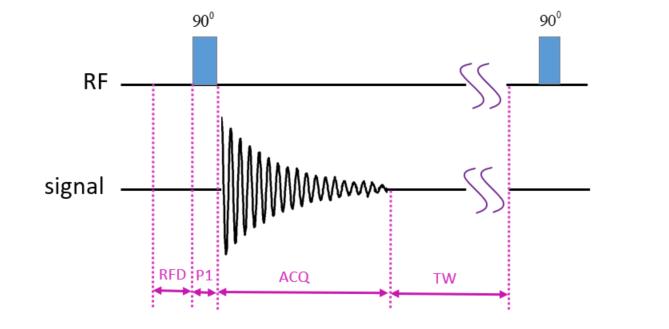Low-field nuclear magnetic resonance (NMR) is a non-destructive and non-invasive analytical technique that utilizes the magnetic properties of atomic nuclei to study the structure, composition, and dynamics of materials. In recent years, low-field NMR has gained increasing attention in the field of food analysis due to its unique advantages in terms of speed, sensitivity, and sample preparation requirements.

The principle of low-field NMR lies in the interaction between nuclear spins and an external magnetic field. When a sample is placed in a magnetic field, the nuclear spins align with the field, creating a net magnetization. By applying radiofrequency pulses, the spins can be flipped, and the resulting signal can be measured and analyzed to provide information about the sample’s properties.
In food analysis, low-field NMR is particularly useful for studying the moisture content, water dynamics, and fat content of food samples. For instance, the technique can be used to determine the water-holding capacity of meat or the moisture distribution in bakery products. Additionally, low-field NMR can provide insights into the structure and organization of fats in foods, which is crucial for understanding their nutritional value and shelf stability.

One of the key advantages of low-field NMR for food analysis is its ability to analyze samples quickly and efficiently. Compared to traditional methods such as drying or chemical extraction, low-field NMR requires minimal sample preparation and can provide results in a matter of minutes. This is particularly beneficial for industries that require rapid and accurate food quality control, such as the meat processing or bakery sectors.
Moreover, low-field NMR is non-destructive and non-invasive, meaning that samples can be analyzed without altering their composition or structure. This allows for repeated measurements on the same sample, providing a more comprehensive understanding of its properties over time.

Overall, low-field NMR is a powerful tool for food analysis that offers unique insights into the structure, composition, and dynamics of food samples. With its speed, sensitivity, and non-destructive nature, it has the potential to revolutionize the way we assess food quality and safety. As the technology continues to evolve and become more accessible, we can expect to see even more applications of low-field NMR in the field of food analysis in the future.
 NIUMAG
NIUMAG